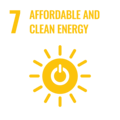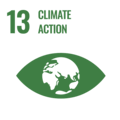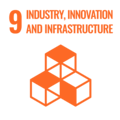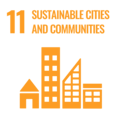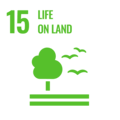We shape the future's sustainable energy solutions
Who we are and what we do
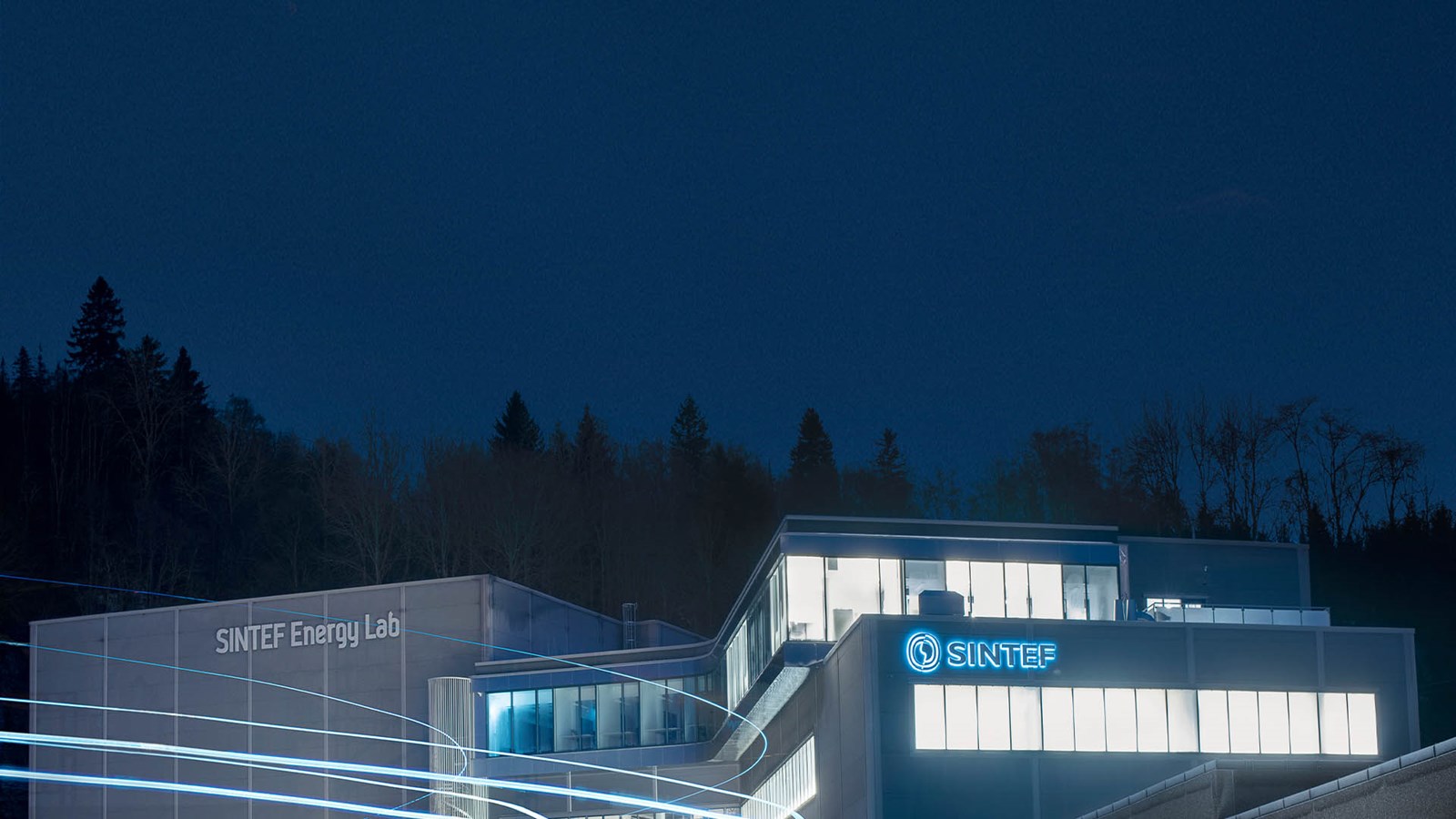
SINTEF, globally and locally
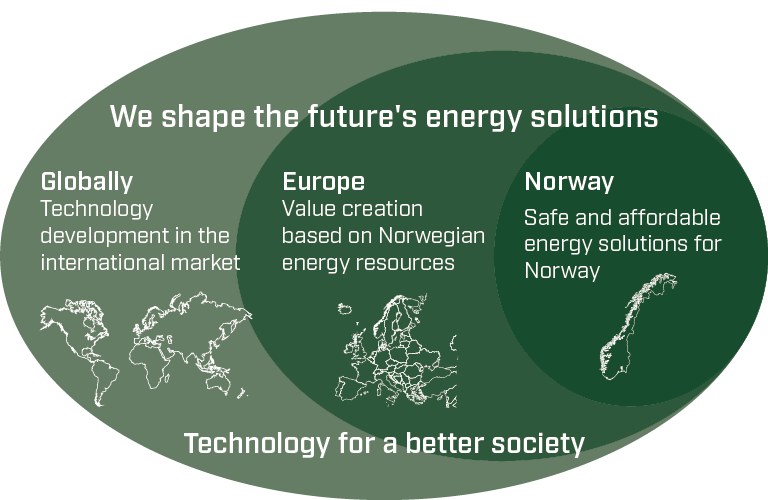
World-leading solutions

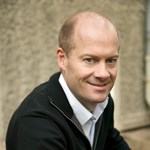
The unusual year 2020
2020 was the year when people all over the world worried about their health and finances, as well as the future of their family and friends. It was also the year when we proved that we can face the future and make it even better.

SINTEF Energy and the Sustainable Development Goals
Affordable and clean energy
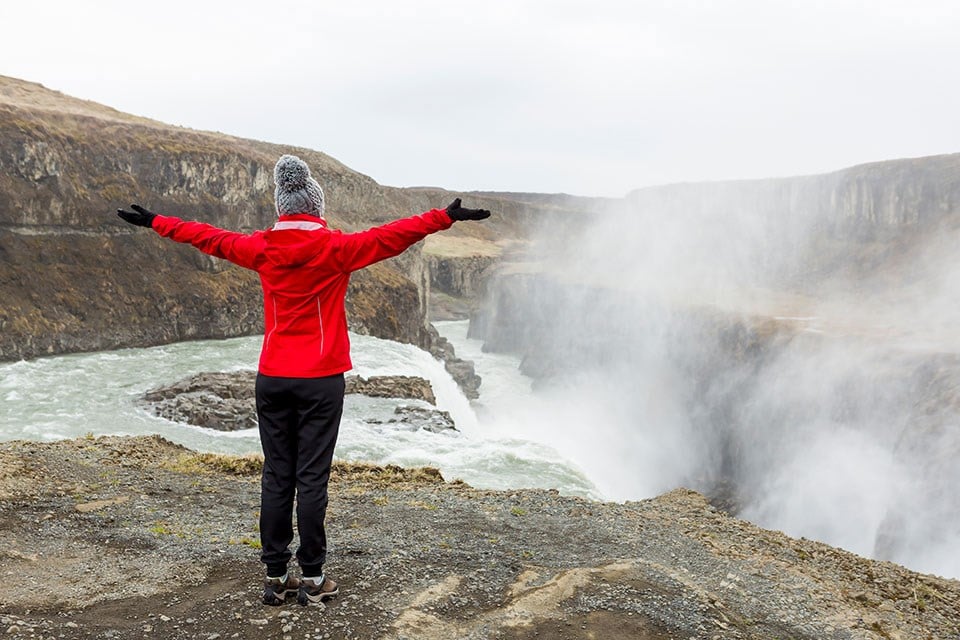
Climate action

Industry, innovation and infrastructure
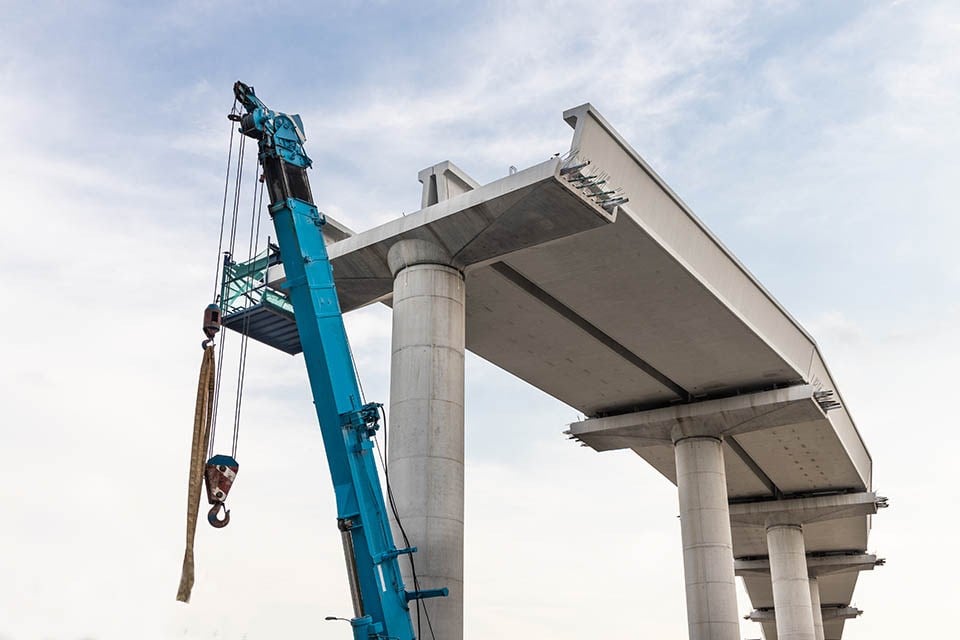
Sustainable cities and communities

Life on land
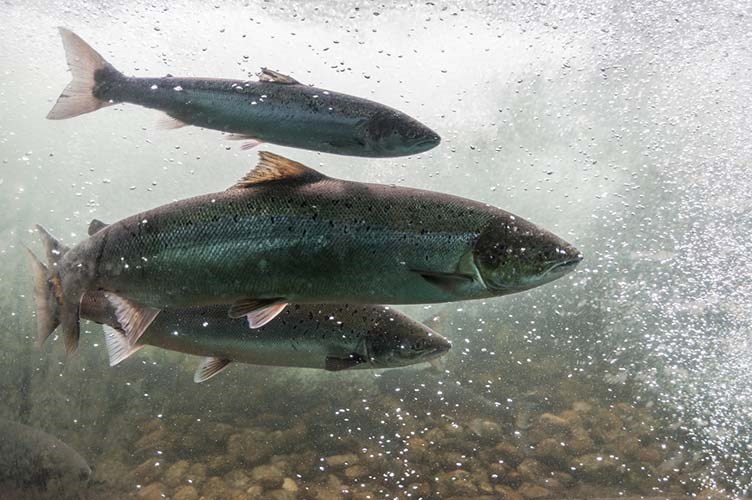
FIThydro
Environmental design of hydropower system
Environmental design is a method that considers both the natural environment and society in the development of new energy projects. Through the EU project FIThydro, scientists are developing new solutions to improve the conditions for fish in rivers affected by hydropower plants (HPP) without negatively impacting the power production levels. As part of this project, SINTEF Energy's scientists have launched a wiki that lists measures, methods and tools related to fish-friendly hydropower.

New gasses for GIS
Alternatives to the world's most potent greenhouse gas
Gas-insulated switchgear (GIS) are essential components of the power system. GIS are used at energy hubs, such as electrical substations, and contain switches that control the power in the grid. SF6 is used in GIS as it has excellent electrical insulation properties. Unfortunately, SF6 is also the most potent greenhouse gas that we know about. Finding a suitable alternative to SF6 would significantly reduce the environmental footprint of switchgear in both Norway and the rest of the world.

OPWIND
Affordable energy from offshore wind
The OPWIND project develops the knowledge and tools required for optimised operation and control of offshore wind farms, with the goal of making wind power cheaper, and therefore more profitable, by increasing efficiency. OPWIND’s basic premise is that managing the entire wind farm as a one system will yield better results than overseeing each individual turbine.
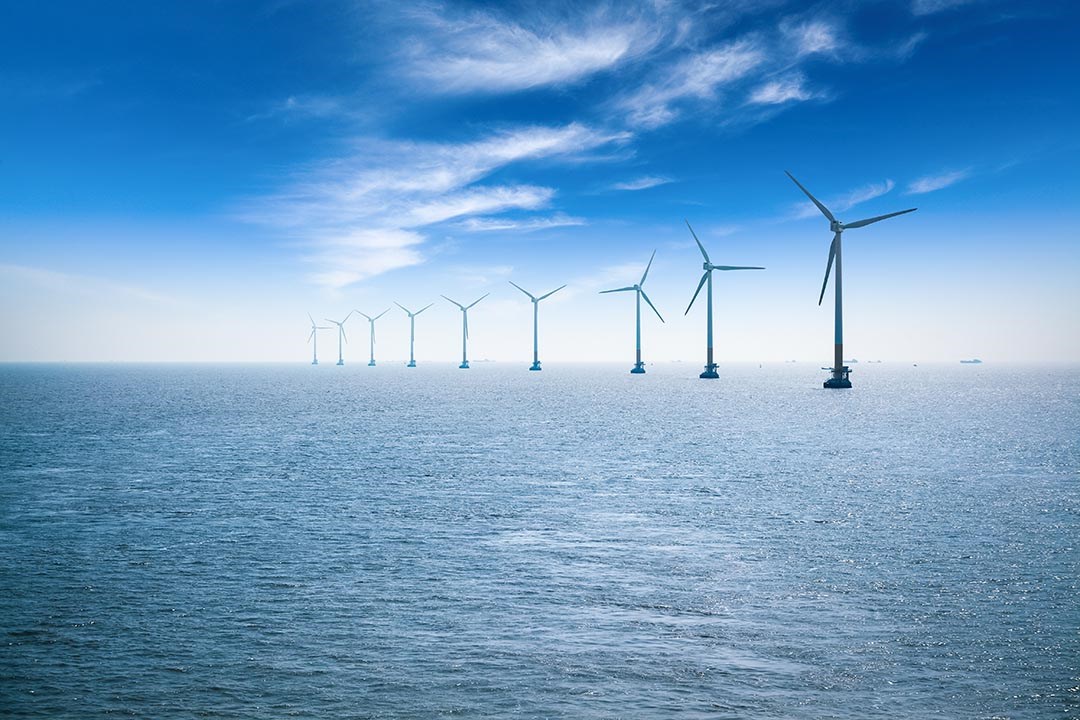
HighEFF
CO2 as a refrigerant
According to the “Drawdown project”, changing the refrigerant in air conditioning units, heat pumps and cold storage plants around the world is the single, most important climate action. These refrigeration systems use hydrofluorocarbons (HFCs), which are greenhouse gases that are used on a large scale globally. Phasing out the use of these HFC refrigerants will contribute to avoiding a 0.5-degree temperature increase. Together with NTNU, SINTEF is investigating the use of CO2 as a natural refrigerant (in this context, CO2 is not a greenhouse gas).

NCCS
Carbon Capture & Storage
Carbon capture and storage (CCS) is a technology that captures, transports and stores CO2 safely underground – in other words, the CO2 is sent back to where it came from. If we are to limit the increase of the average global temperature to 1.5°C, we need to do more than just reduce our CO2 emissions; in the future, we must also remove them. CCS is the only technology that can enable industries such as the steel industry, fertiliser production and cement factories to achieve net-zero carbon emissions.
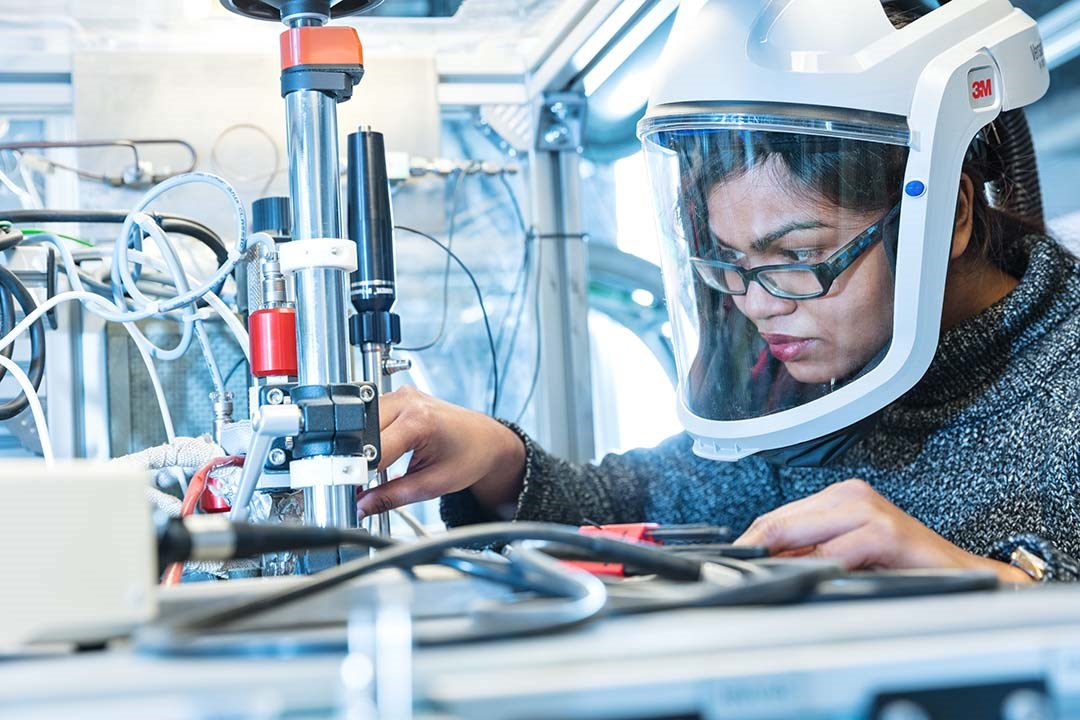
SINTEF Energy Research has clients and projects all over Norway
Read about some of our projects being carried out in Norway to the right.
Wood-burning stoves in Otta, Oslo, Fredrikstad and Nykøbing in Denmark

TINE dairy in Bergen

ArbaFlame – from Norway to Europe
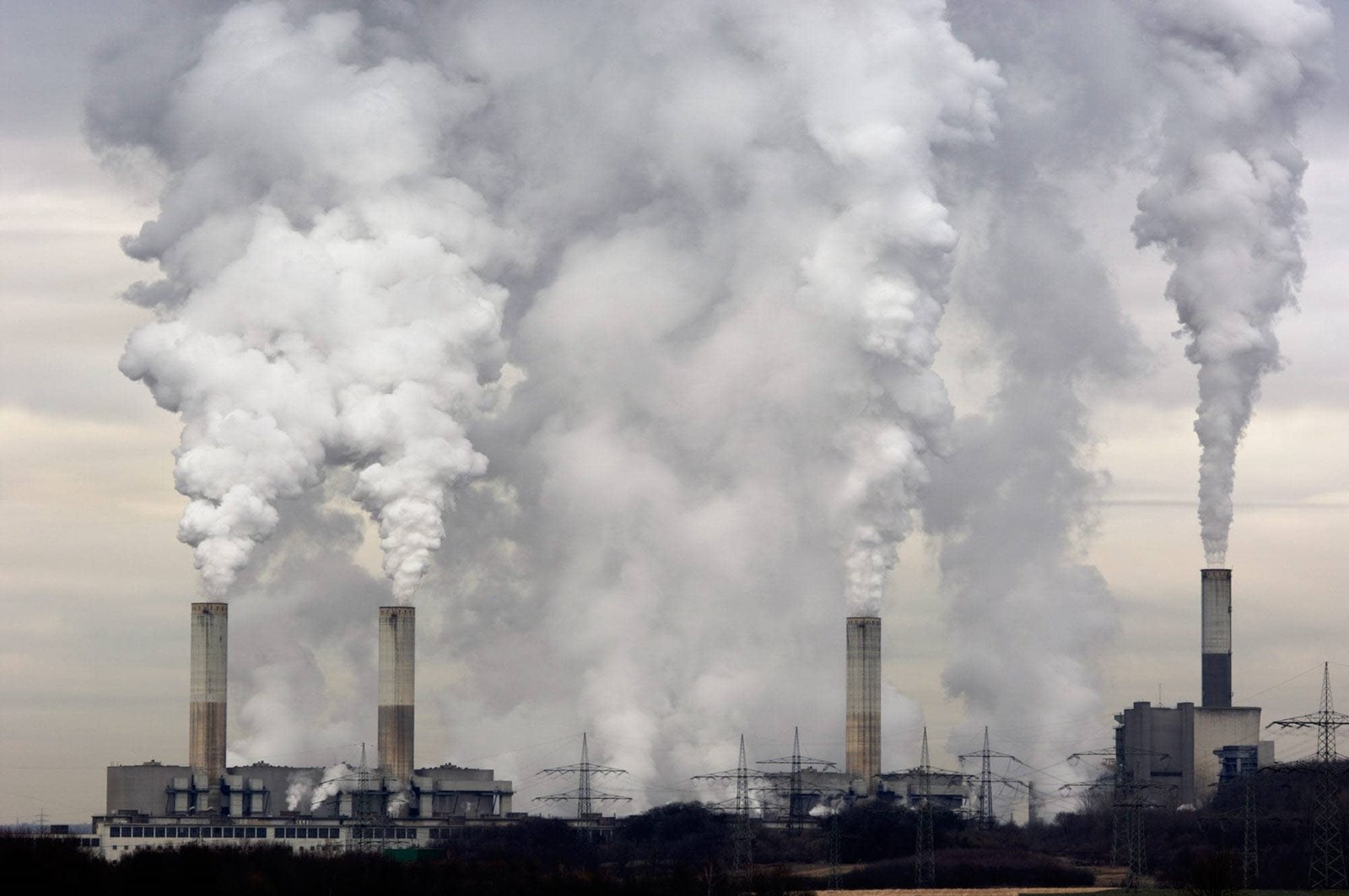
Testing batteries in the electricity grid
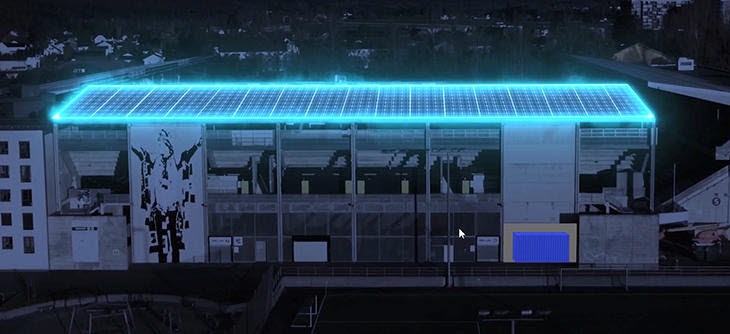
GoNorth - Exploring the Arctic Ocean
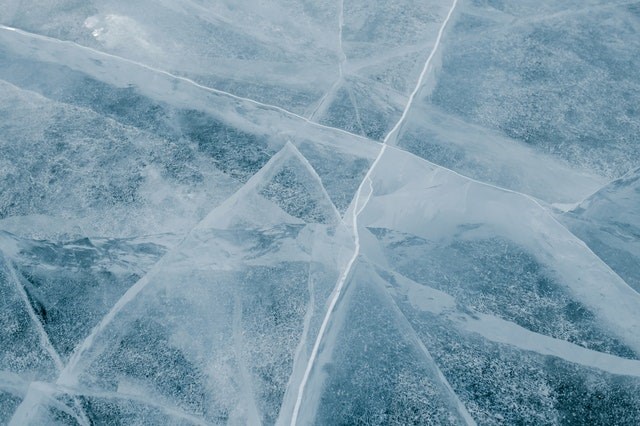
SINTEF Energy Research is very active in global research – especially in Europe.
New gasses for GIS
New gasses for GIS is an example of a national and international project led by SINTEF Energy Research. The main goal of the project is to contribute to a more sustainable and robust power grid in the future by investigating long-term alternatives for SF6 in distribution and transmission systems.

Centre for Environment-friendly Energy Research

FME NorthWind
On 11 December 2020, it was revealed that SINTEF Energy Research will lead NorthWind, the new Centre for Environment- Friendly Research (FME) on wind power. The centre will be headed by Chief Scientist in SINTEF Energy Research, John Olav Tande. NorthWind will contribute to Norway’s profitable export of wind energy, new green jobs, and wind power that respects both nature and people. Over 40 Norwegian businesses have joined this project, in addition to research partners including SINTEF, NTNU, NINA, NGI and UiO.
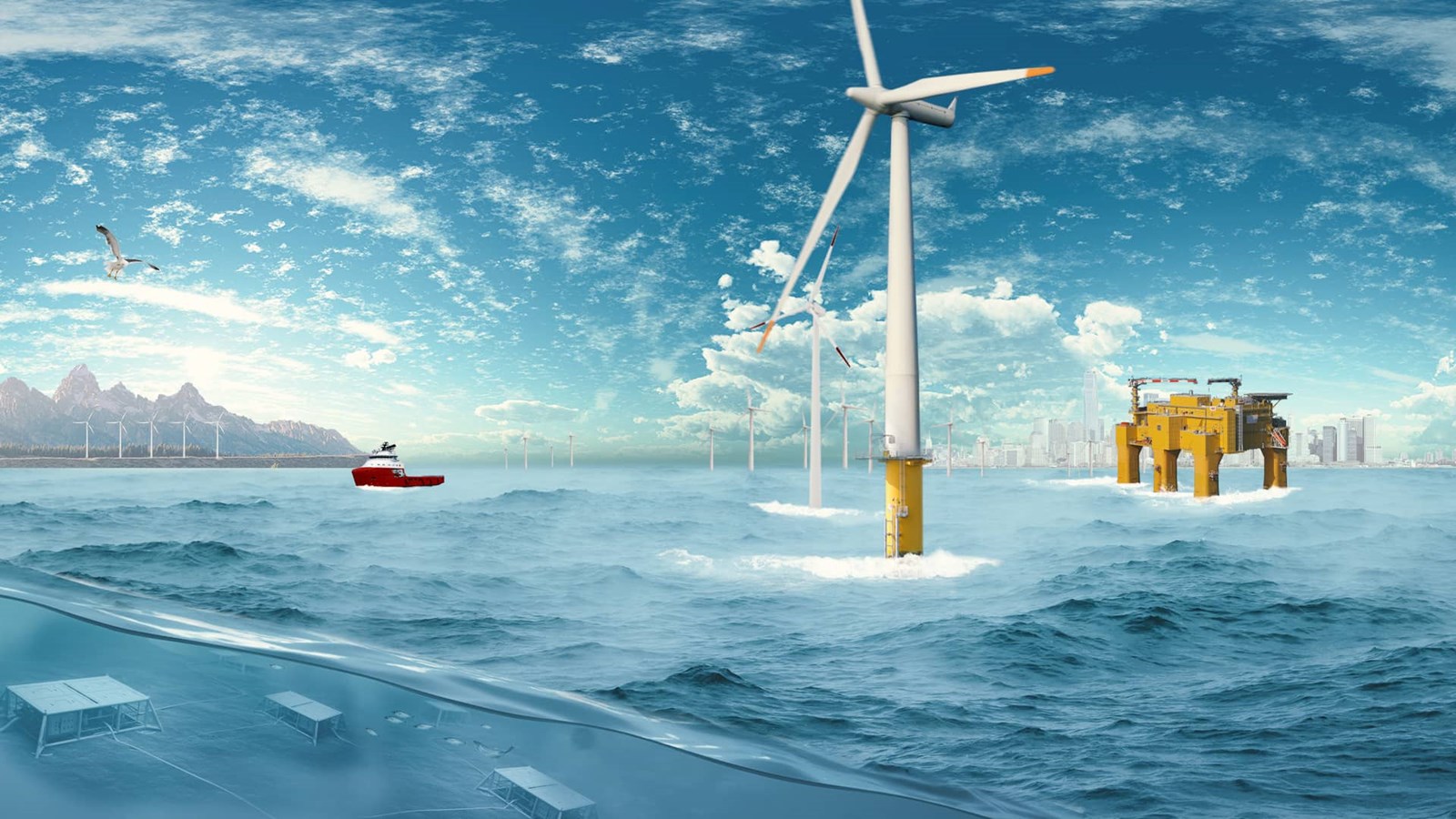
FME NCCS

FME HighEFF
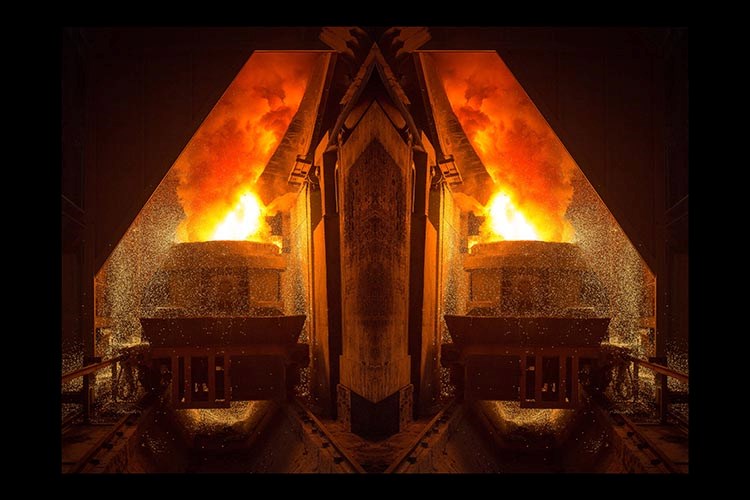
FME CINELDI
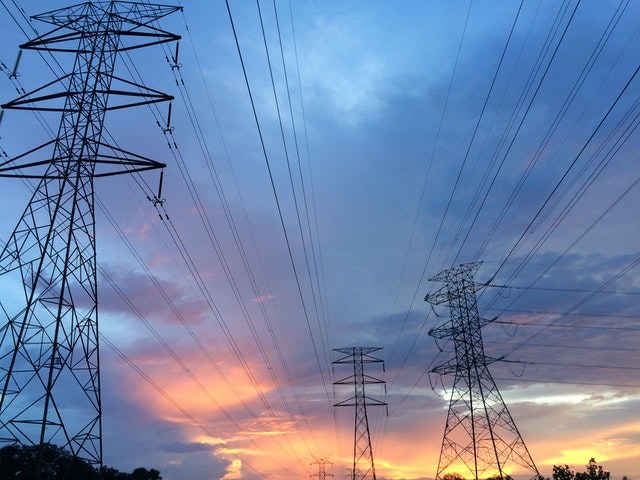
Another excellent year for scientific publications produced by the institute
Dynamic modeling of municipal solid waste incineration. Energy 2020; Volum 209.
Magnanelli, Elisa; Tranås, Olaf Lehn; Carlsson, Per; Mosby, Jostein; Becidan, Michael.
Potential of Thermal Energy Storage for a District Heating System Utilizing Industrial Waste Heat. Energies 2020; Volum 13.
Kauko, Hanne; Rohde, Daniel; Knudsen, Brage Rugstad; Sund-Olsen, Terje.
In situ synthesis of epoxy nanocomposites with hierarchical surface- modified SiO2 clusters. Journal of Sol-Gel Science and Technology 2020; Volum 95. s. 783-794.
Adnan, Mohammed Mostafa; Tveten, Erlend Grytli; Miranti, Rany; Hvidsten, Sverre; Ese, Marit-Helen Glomm; Glaum, Julia; Einarsrud, Mari-Ann.
A Comprehensive Framework for Vulnerability Analysis of Extraordinary Events in Power Systems. Reliability Engineering & System Safety 2020; Volum 196.
Sperstad, Iver Bakken; Kjølle, Gerd Hovin; Gjerde, Oddbjørn.
Depressurization of CO2 in a pipe: High-resolution pressure and temperature data and comparison with model predictions. Energy 2020; Volum 211.
Munkejord, Svend Tollak; Austegard, Anders; Deng, Han; Hammer, Morten; Stang, Hans Georg Jacob; Løvseth, Sigurd Weidemann.
Key numbers
Net operating income

Net operating margin

Profits are invested in new knowledge creation
SINTEF Energy Research's profits are invested in laboratories, scientific equipment, facilities and the development of new knowledge. The accounts show an investment of NOK 234 million over the last ten years.
Sources of finance

Employees
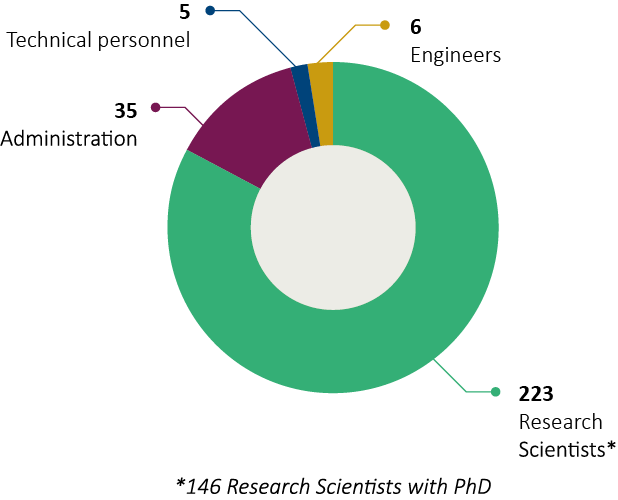
Publications

Publication level


